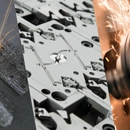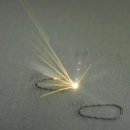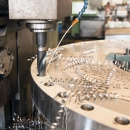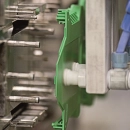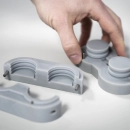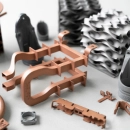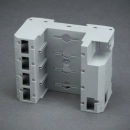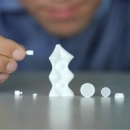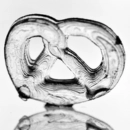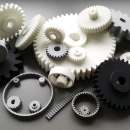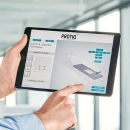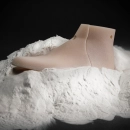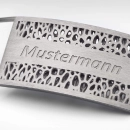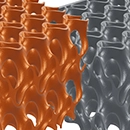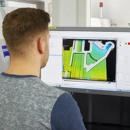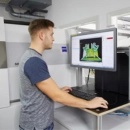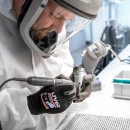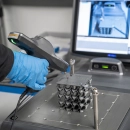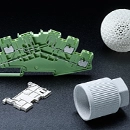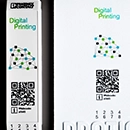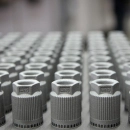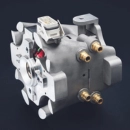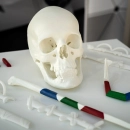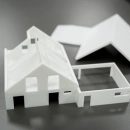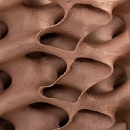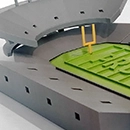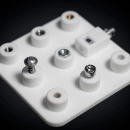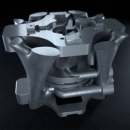Print quality
Print quality refers to the precision and surface characteristics of a printed 3D object. It is a decisive factor in assessing the quality of the print result and depends on several components and settings during the printing process.
A key aspect of print quality is accuracy, which refers to the printer's ability to correctly reproduce the intended dimensions and details of a 3D model. This precision depends on the calibration of the printer, the quality of the slicing process, the stability of the mechanics and the fineness of the selected printing material.
Surface characteristics are another critical element of print quality. It refers to how smooth or rough the surface of the printed object is. Factors such as layer thickness, printing speed and the quality of the material play a role in determining the surface texture. A finer layer thickness usually results in a smoother surface, while faster printing can often produce rougher results.
Print quality can therefore be improved by careful adjustment and optimization of the printing process, paying attention to the correct printing temperature, speed and calibration. Ultimately, a high standard of print quality is crucial for professional applications where attention to detail and surface aesthetics are of great importance.



 Deutsch
Deutsch English
English Italiano
Italiano